Webb telescope finds Milky Way-like galaxy in early universe
A team of astronomers using the powerful James Webb Space Telescope have discovered the most distant barred spiral galaxy similar to the Milky Way that has been observed to date.
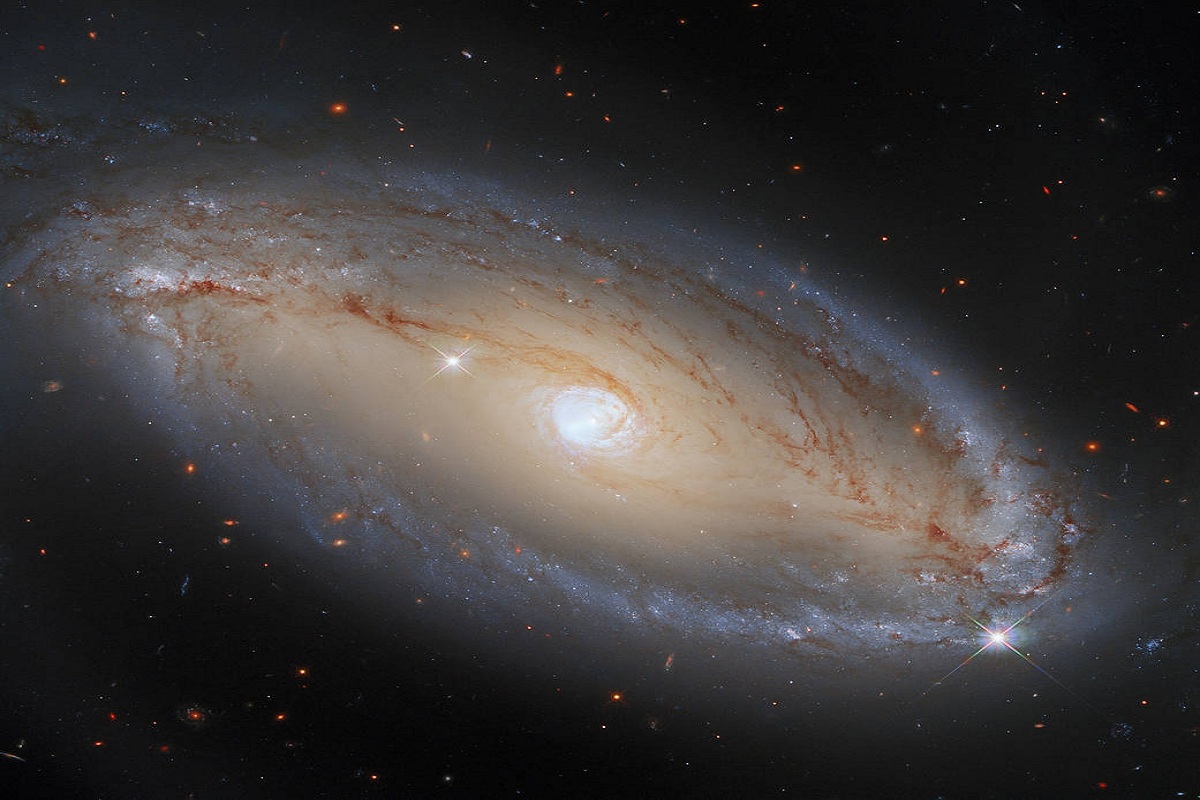
A team of astronomers using the powerful James Webb Space Telescope have discovered the most distant barred spiral galaxy similar to the Milky Way that has been observed to date.
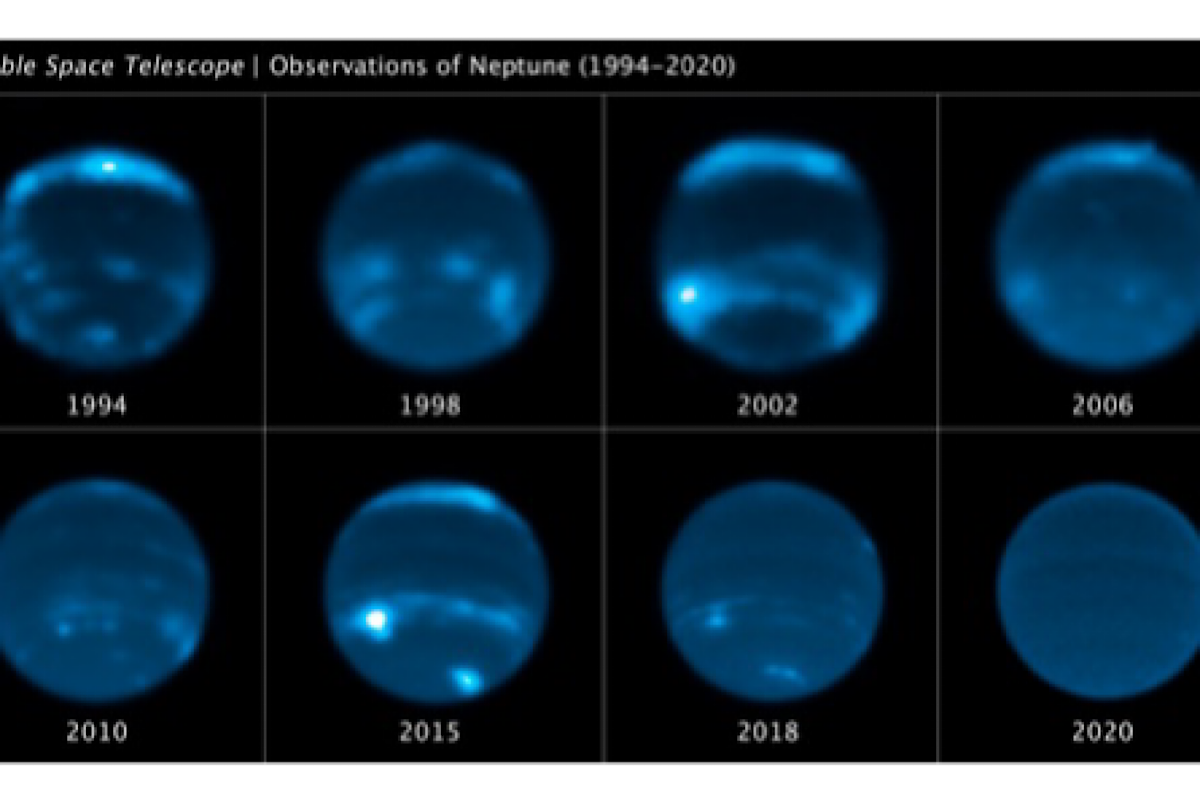
Astronomers have uncovered a link between Neptune’s disappearing clouds and the increasing activity of the Sun as it approaches its…
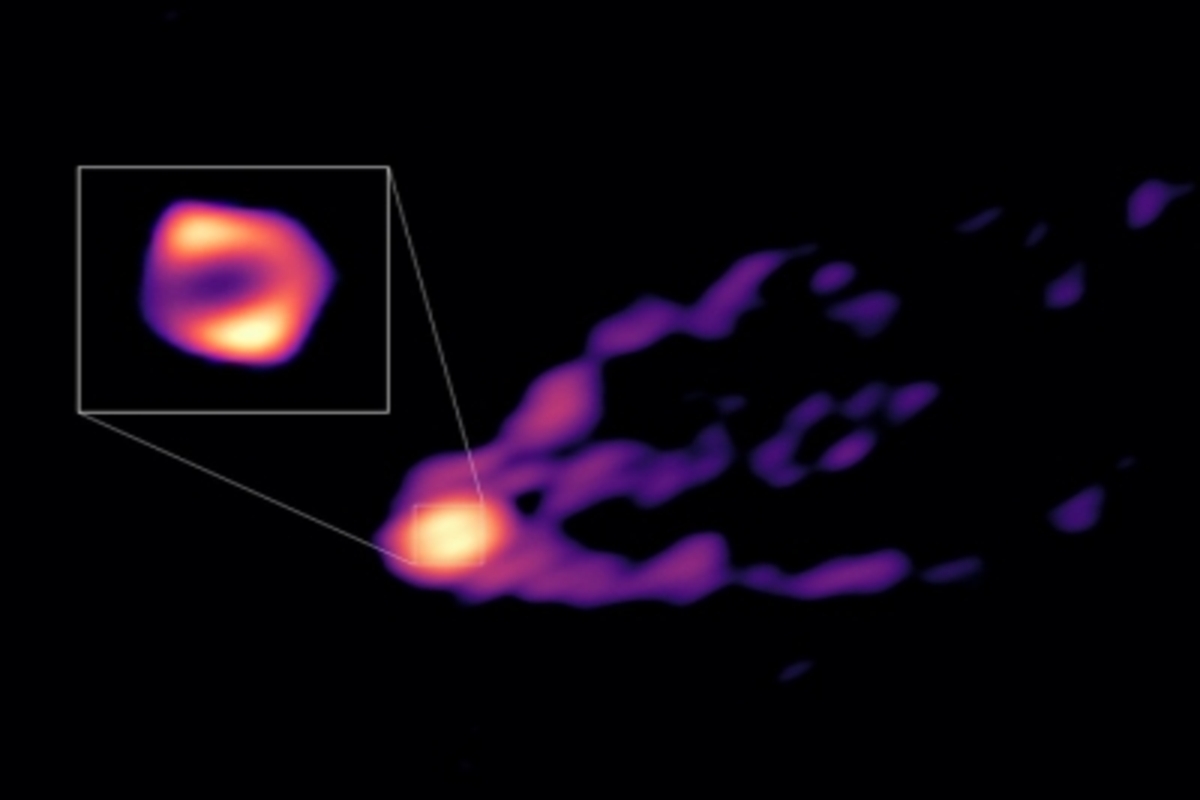
For the first time, astronomers have detected an image of a powerful jet exploding from a black hole.
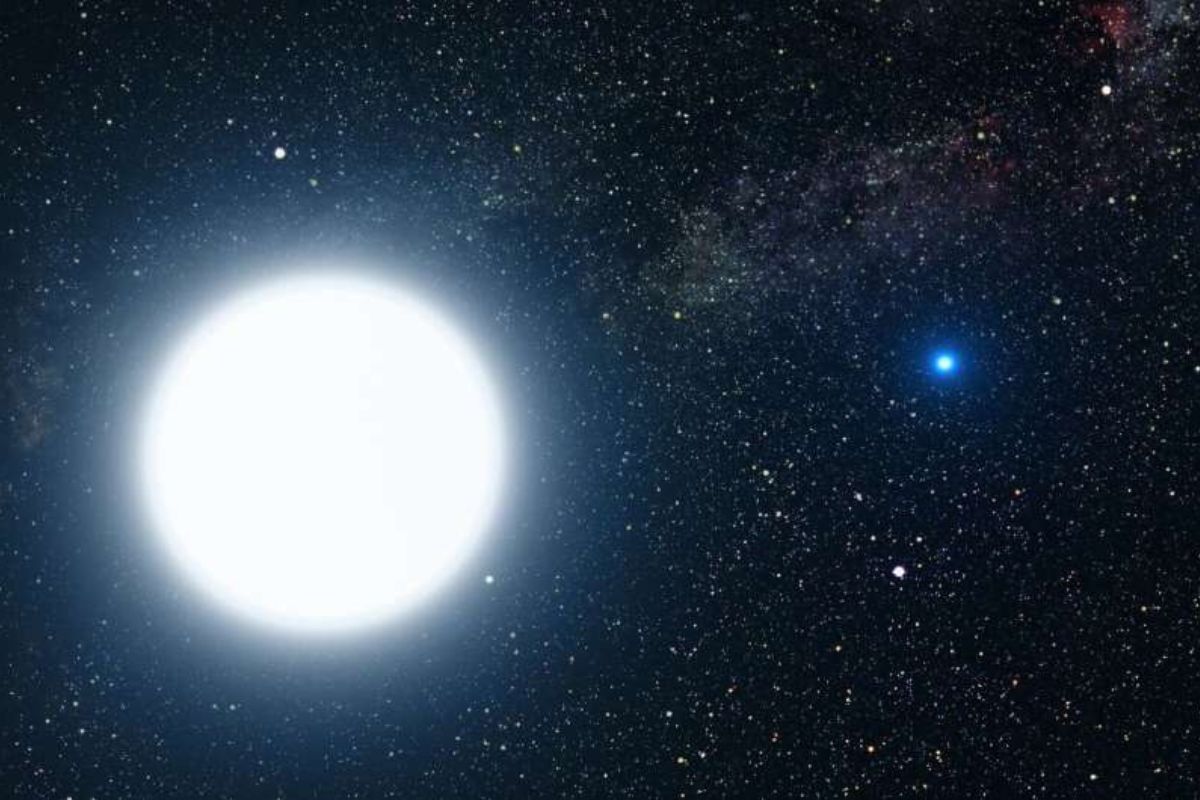
In another 70 million years, the stars will migrate even closer together, with an ultrashort orbit reaching just 18 minutes, before they begin to expand and drift apart.
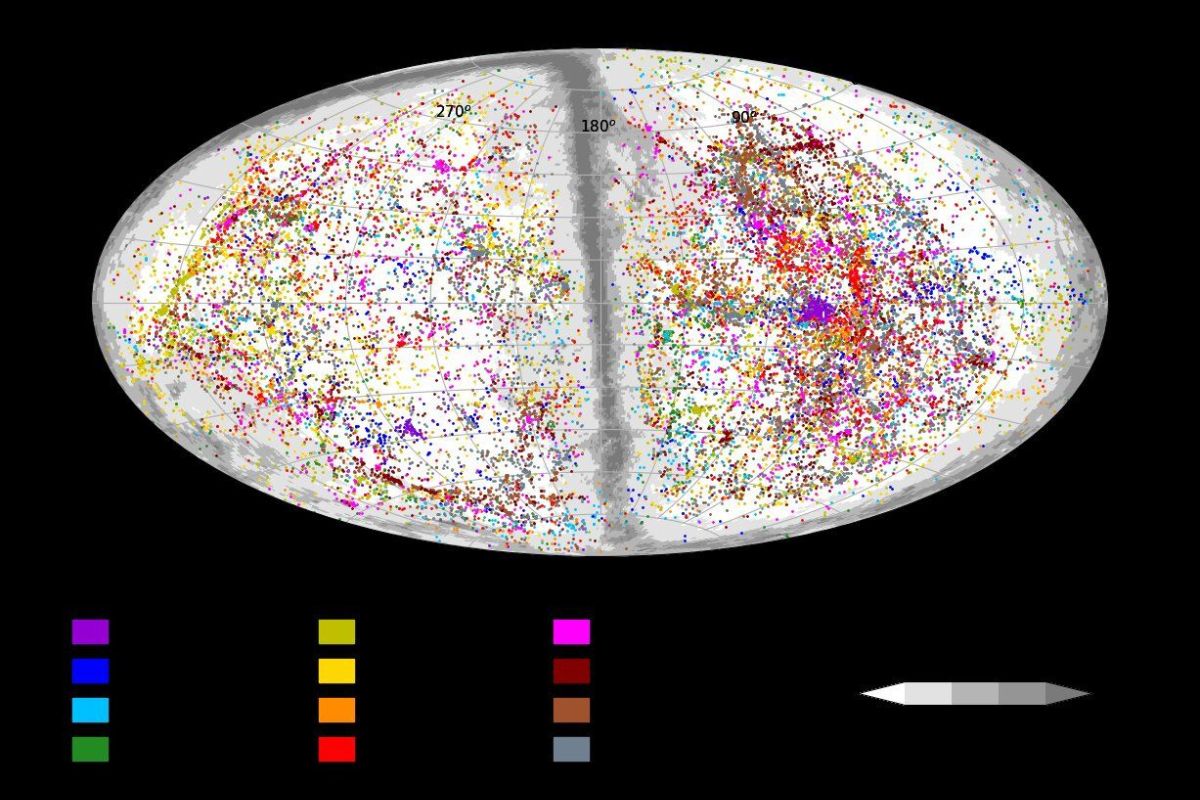
Galaxies, such as the Milky Way, are the building blocks of the universe, each comprised of up to several hundred billion stars.
The team of researchers are led by Prof Aruna Goswami and her doctoral students Meenakshi P and Shejeelammal J at IIA. The work has been published in ‘The Astrophysical Journal’ recently, a Ministry of Science and Technology note here in Friday said.
"This truly is the first sample of dual quasars at the peak epoch of galaxy formation with which we can use to probe ideas about how supermassive black holes come together to eventually form a binary,"
When complete, the SKA will enable astronomers to monitor the sky in unprecedented detail and survey the entire sky much faster than any system currently in existence, researchers said.
Astronomers have captured the first detailed images of the surface and atmosphere of a star outside the solar system, a…
Astronomers have identified the oldest known asteroid family, which extends throughout the inner region of the main asteroid belt. The…